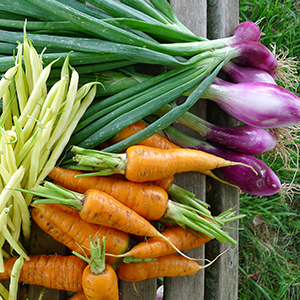
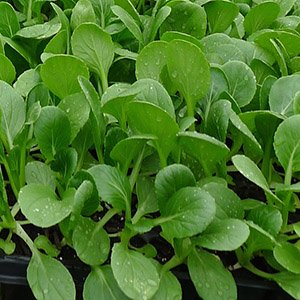
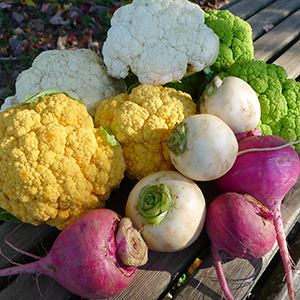

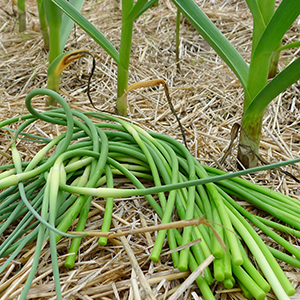
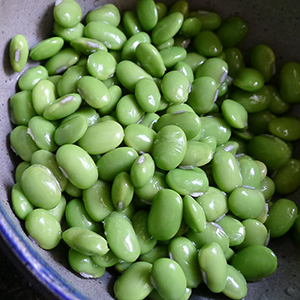
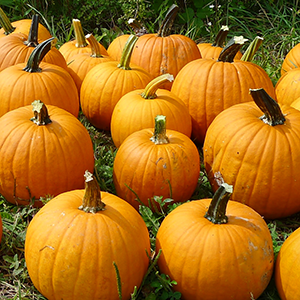



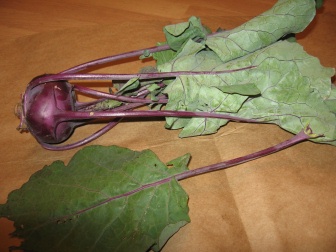
Wrap leaves in a damp towel or plastic bag and keep in hydrator drawer of the refrigerator. Use greens as soon as possible.
Kohlrabi can be eaten raw as well as cooked. Leaves of young plants may be used like spinach, or mustard greens. Small kohlrabi bulbs which are young and tender generally do not require peeling. Medium to larger sizes should be peeled to remove the protective outer skin. The crisp flesh can be served raw in salads, as a relish, or as a crunchy accompaniment to dips. Use the leaves as alternatives to kale or turnips in recipes.
One way to cook them - the recipe calls for salting them first. I cooked them without the pre-cooking salting and thought they were good.
2 kohlrabi, 3 if small
1 medium onion, diced
1 tsp salt
4 tbsp oil
1 tbsp fresh herbs (thyme, sage, chives, etc.)
Grate kohlrabi, place in colander and sprinkle with salt. Let stand 30 minutes to drain. Heat oil, add onions, and sauté a few minutes over medium heat. Stir in kohlrabi, reduce heat to low, cover and cook 10 minutes. Increase heat to medium and cook 2 minutes. Remove from heat and stir in fresh herbs.

